Tribe Helicini | Superfamily Helicoidea Subfamily Helicinae Genus Helix Higher classification Helix Rank Species | |
 | ||
Similar Helix, Gastropods, Cornu aspersum, Molluscs, Giant African Snail | ||
Helix pomatia, common names the Burgundy snail, Roman snail, edible snail or escargot, is a species of large, edible, air-breathing land snail, a terrestrial pulmonate gastropod mollusk in the family Helicidae. It is a European species. In the English language it is called by the French name escargot when used in cooking (escargot literally means 'snail'). Although this species is highly prized as a food it is difficult to cultivate and rarely farmed commercially.
Contents
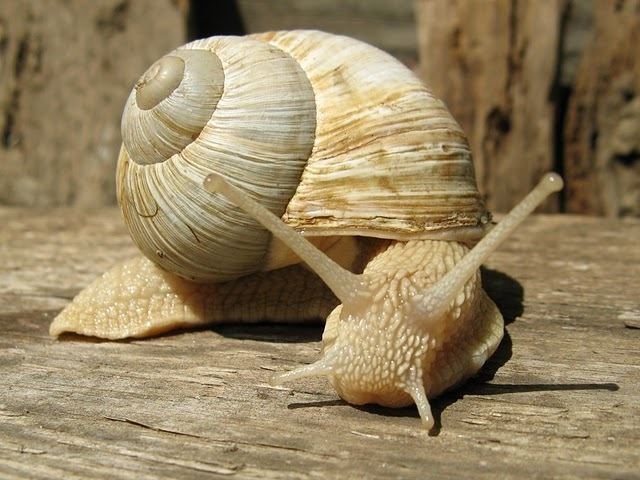
Pr paration schnecke helix pomatia
Distribution
Distribution of Helix pomatia includes:
Southeastern and central Europe:
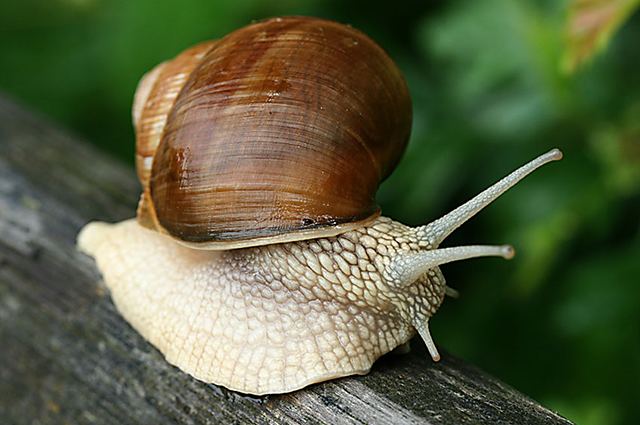
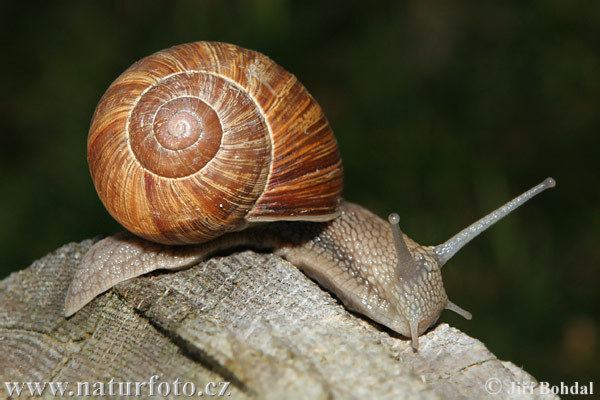
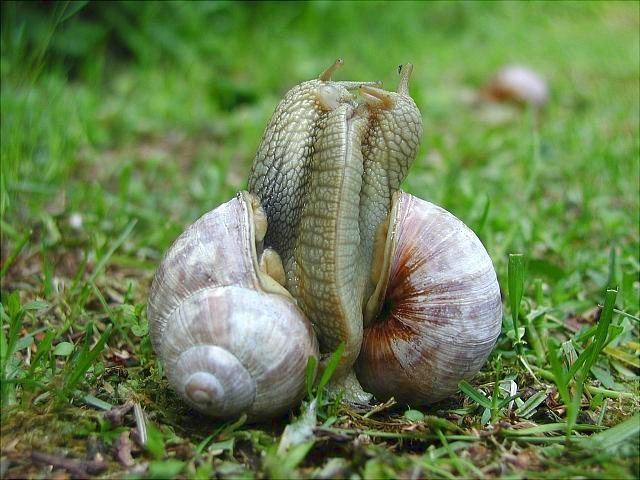
Eastern Europe:
southern Europe:
Description

The shell is creamy white to light brownish, often with indistinct brown colour bands. The shell has five to six whorls. The aperture is large. The apertural margin is white and slightly reflected in adult snails. The umbilicus is narrow and partly covered by the reflected columellar margin.
The width of the shell is 30–50 mm. The height of the shell is 30–45 mm.
Habitat
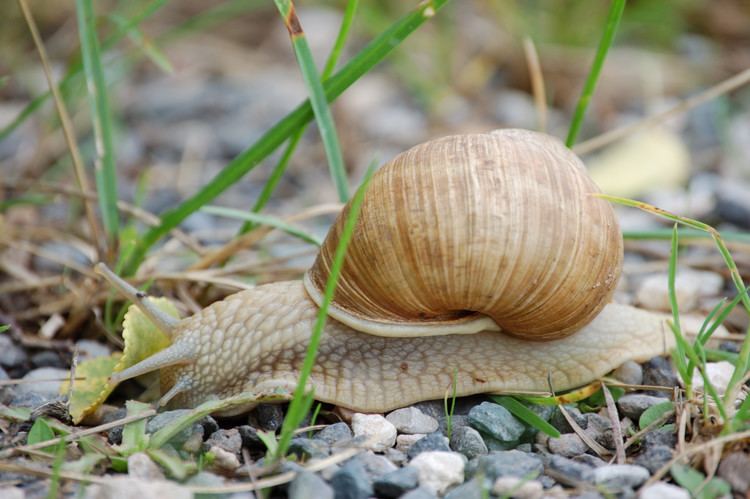
In southeastern Europe, H. pomatia lives in forests, open habitats, gardens, vineyards, especially along rivers, confined to calcareous substrate. In central Europe, it occurs in open forests and shrubland on calcareous substrate. It prefers high humidity and lower temperatures, and needs loose soil for burrowing to hibernate and lay its eggs. It lives up to 2100 m above sea level in the Alps, but usually below 2000 m. In the south of England, it is restricted to undisturbed grassy or bushy wastelands, usually not in gardens; it has a low reproduction rate and low powers of dispersal.
Life cycle
Average distance of migration reaches 3.5–6.0 m.
This snail is hermaphroditic. Reproduction in central Europe begins at the end of May.
Eggs are laid in June and July, in clutches of 40–65 eggs. The size of the egg is 5.5–6.5 mm or 8.6 × 7.2 mm. Juveniles hatch after three to four weeks, and may consume their siblings under unfavourable climate conditions. Maturity is reached after two to five years. The life span is up to 20 years. Ten-year-old individuals are probably not uncommon in natural populations. The maximum lifespan is 35 years.
During estivation or hibernation, this species creates a calcareous epiphragm to seal the opening of the shell.
Conservation
This species is listed in IUCN Red List, and in European Red List of Non-marine Molluscs as Least Concern. Helix pomatia is threatened by continuous habitat destructions and drainage, usually less threatened by commercial collections. Many unsuccessful attempts have been made to establish the species in various parts of England, Scotland and Ireland; it only survived in natural habitats in southern England, and is threatened by intensive farming and habitat destruction. It is of lower concern in Switzerland and Austria, but many regions restrict commercial collecting.
